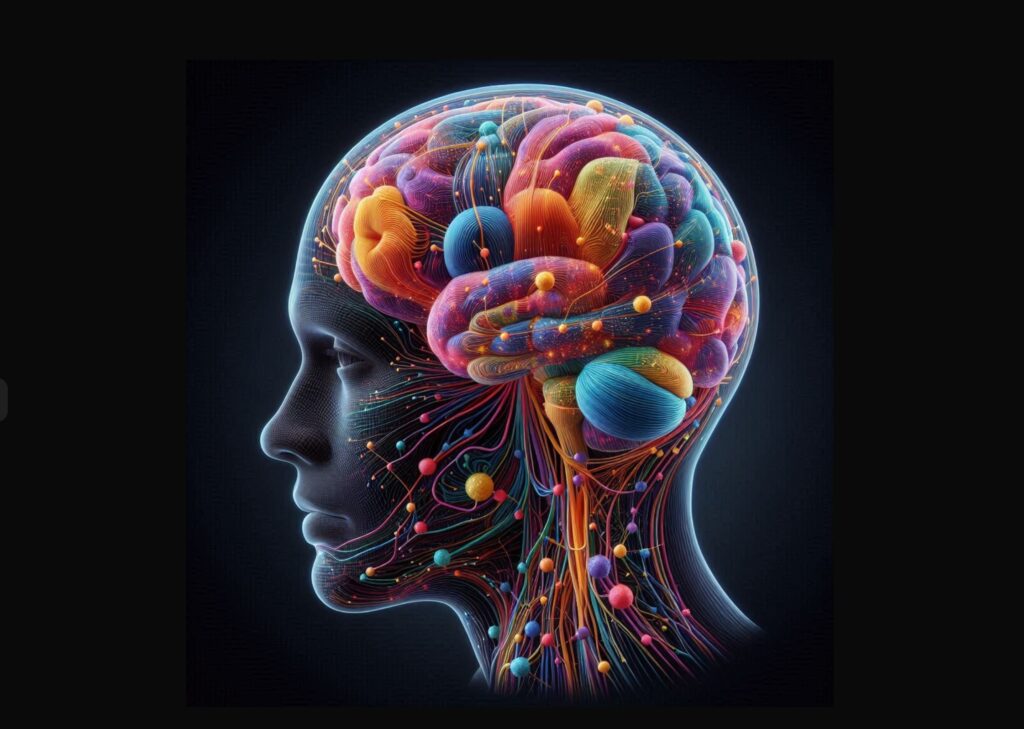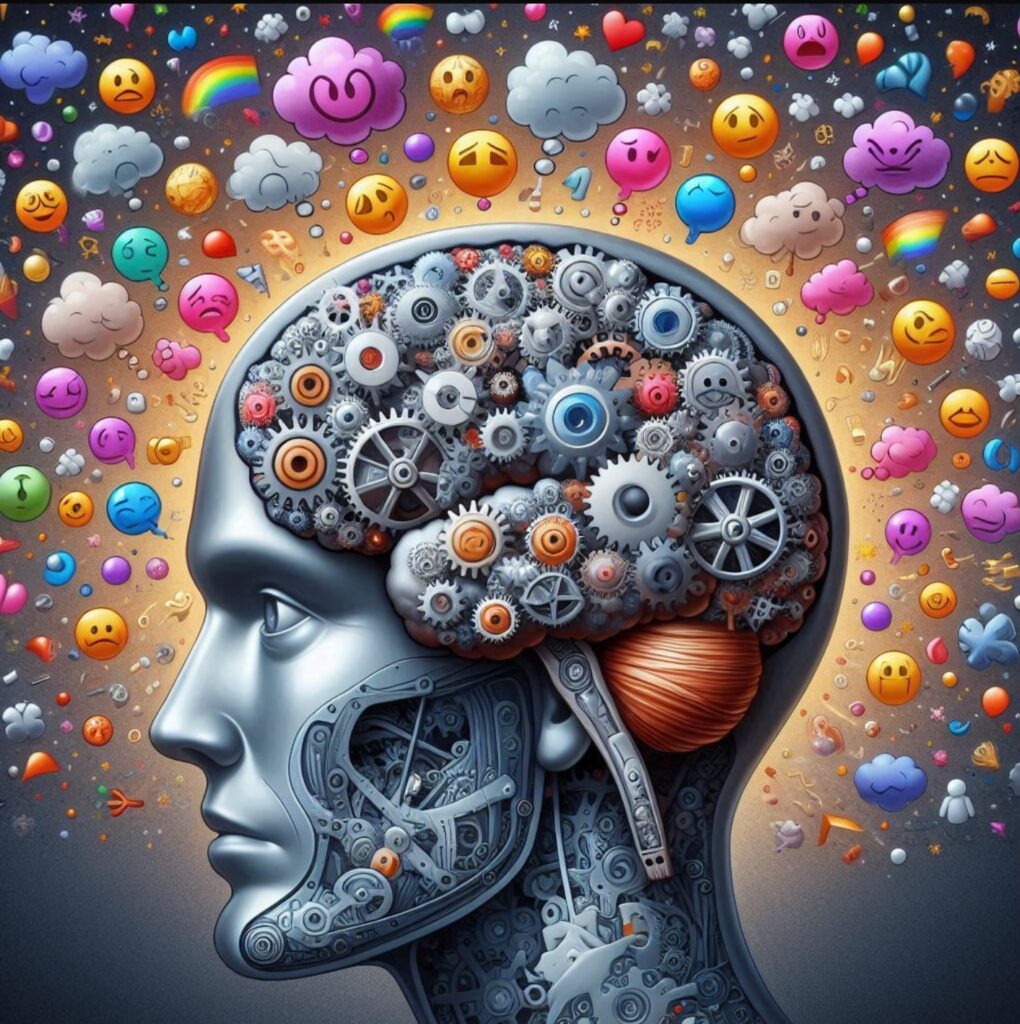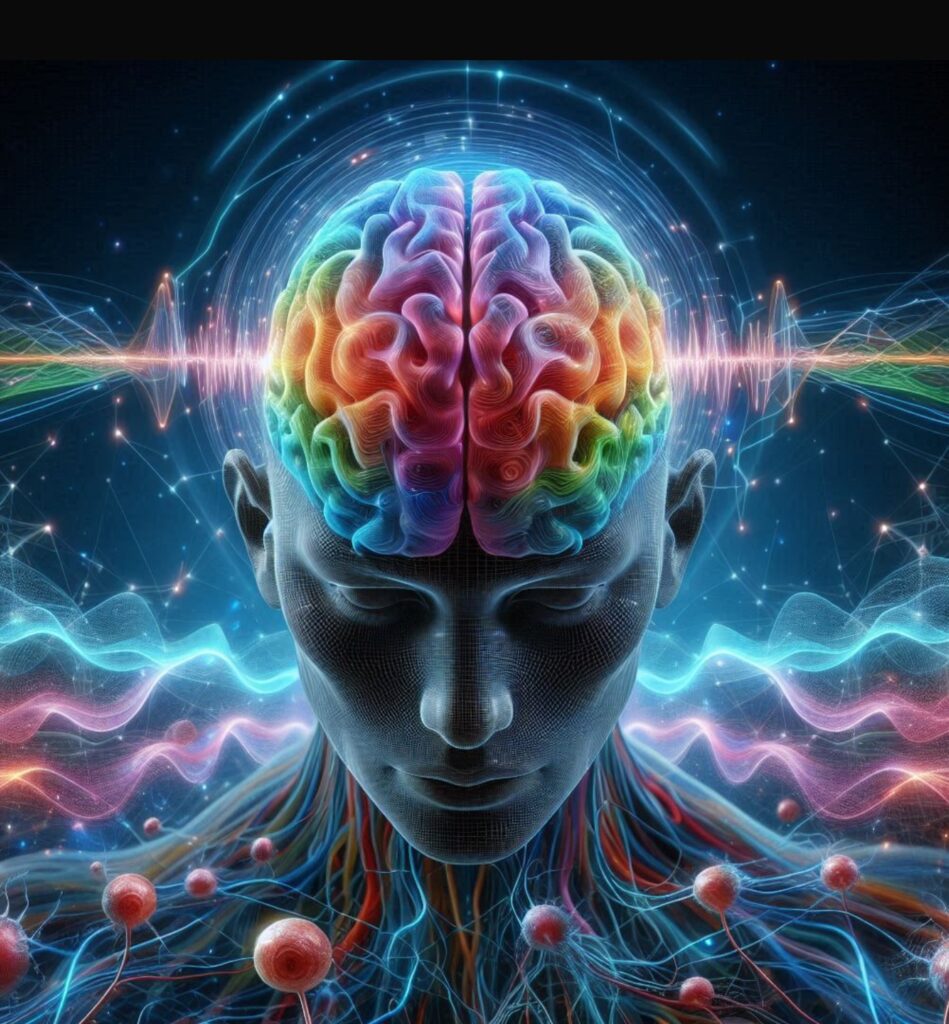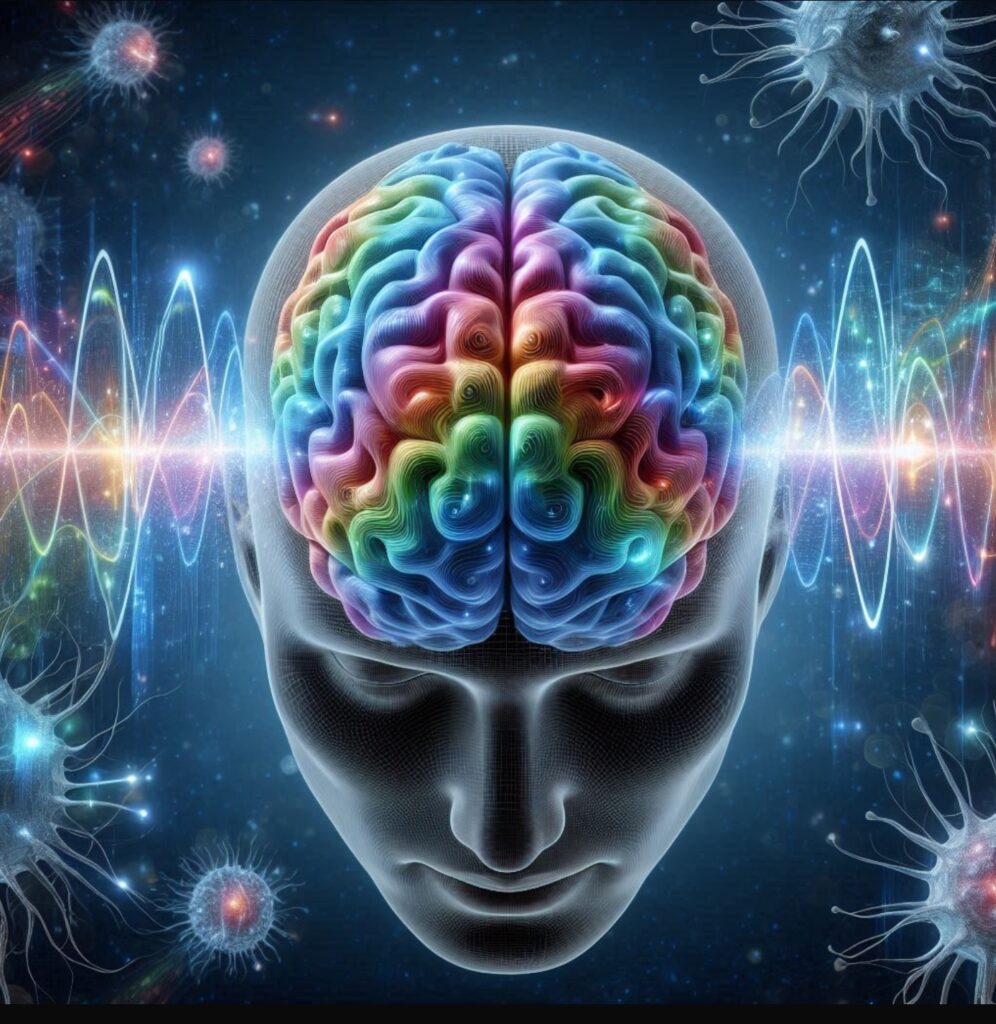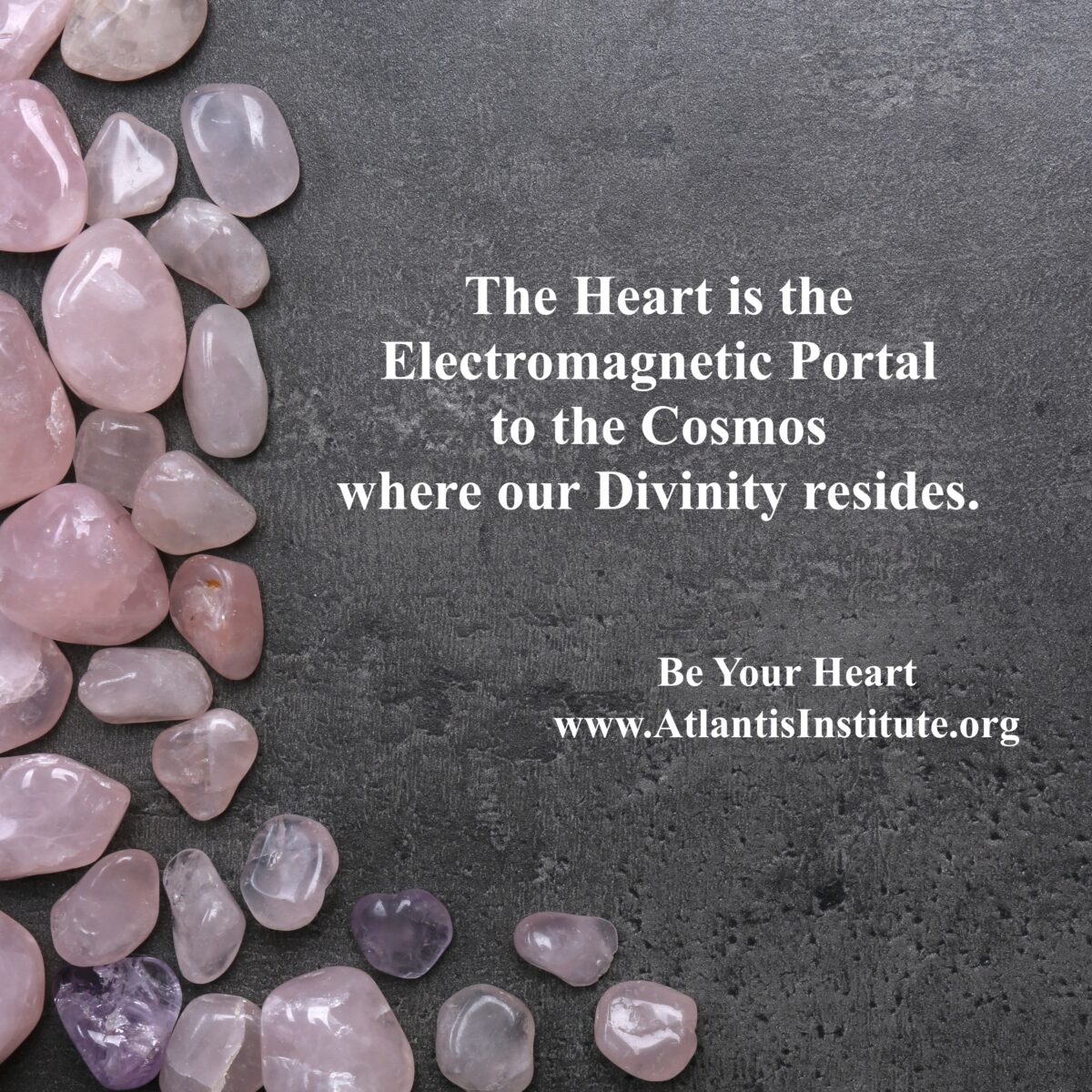By David Ellis
What is the Subconscious Mind?
The human mind is a vast, intricate landscape comprising conscious and subconscious realms. Our conscious mind is the censor of the subconscious mind and is responsible for our immediate awareness and rational, logical thinking. Also, the home of the ego, the subconscious mind, is the mastermind, the recorder of everything, the direct connection to our Heart, which is the Electromagnetic Porat to the Cosmos where our Divinity resides. That part of the mind that cannot be manipulated. The subconscious mind silently operates beneath the surface, shaping our beliefs, habits, and behaviours based on our foundational programming.
Its hidden power and influence are remarkable aspects of human psychology. Understanding its nature and functions empowers us to take control of our lives, transform limiting beliefs, and manifest our desires. By accessing and reprogramming our subconscious, we open doors to personal growth, self-discovery, and the fulfilment of our true potential.
The Enigma of the Subconscious Mind
Where the subconscious mind is located has puzzled scientists for decades. Many great minds have offered expert opinions on this elusive subject. Sigmund Freud, a pioneering figure in psychology, posited that the mind consists of three levels: the conscious, subconscious, and unconscious, all residing within the brain. Despite extensive research, scientists have yet to pinpoint the exact location of the subconscious mind.
Freud's Theory of the Mind
Freud's theory revolutionised our understanding of human psychology. He believed that the conscious mind includes everything we are aware of, the subconscious contains information we can retrieve but are not currently aware of, and the unconscious houses thoughts and memories hidden from our conscious awareness. This tri-level model has been foundational in psychoanalysis and continues influencing modern psychological practices.
The Heart's Role in the Subconscious
A groundbreaking discovery in 1994 by Dr. J. Andrew Armour revealed that the heart possesses its independent nervous system, often called the "heart brain." Armour's research showed that the heart has more nerve endings than the brain, suggesting that it plays a more significant role than merely beating and pumping blood. This finding has led to new theories about the heart's influence on our emotions and subconscious mind.
Ongoing Research and Theories
While we may not yet fully understand where the subconscious mind resides, ongoing research explores the intricate connections between the brain, heart, and our overall consciousness. Scientists are delving into neurorcadiology, a field that studies the interaction between the heart and brain, to uncover more about how these organs communicate and influence each other.
In his fascinating book, The Wisdom of Your Cells, cell biologist Dr. Bruce Lipton discusses our subconscious mind, which is part of every cell of our body.
In her book Your Body is Your Subconscious Mind, Dr. Candace Pert also challenges conventional science, suggesting that our Subconscious Mind is our entire body.
My understanding of the location of the Subconscious Mind is that it resides within every cell of our being, meaning that it is in our physical and etheric bodies, and it is the gateway to the Matrix of the Divine.
The quest to locate the subconscious mind remains one of science's mysteries. Freud's theories provide a foundational framework, while Armour's discoveries open new avenues for understanding the heart's role in our subconscious processes. As research advances, we move closer to unlocking the secrets of the human mind and the profound connection between our heart and brain.
Understanding the Subconscious Mind
The subconscious mind can be viewed as the reservoir of our thoughts, emotions, memories, and experiences not actively present in our conscious awareness. In other words, everything we have experienced in our lives. The hidden part of our psyche stores and processes information, influencing our perceptions, decisions, and actions without our conscious knowledge.
There is a part of the Subconscious Mind that is locked away. Sigmund Freud referred to this part of the mind as the Unconscious. This is where trauma and deep childhood pain reside. It resides here because the conscious and subconscious decided this episode of your life was so overwhelming that it was best to lock it away in the deepest recesses of the mind. No matter how hard we try, we cannot remember the events locked inside the Unconscious.
The Power of the Subconscious Mind
The subconscious mind is immensely powerful and can profoundly influence our lives. It plays a vital role in shaping our beliefs, attitudes, and self-perception. It acts as a reservoir of knowledge and wisdom, which becomes activated and available to us when triggered by events within our world. The subconscious reservoir is based on deeply ingrained patterns and conditioning.
Beliefs and Conditioning
One of the primary functions of the subconscious mind is to record everything, store and categorise, and reinforce beliefs. These beliefs are formed through personal experiences, social conditioning, and cultural influences. The beliefs born in the 0 to 7 age bracket (explained in module 2) hold the strongest power.
Our beliefs are programs. Some we genetically inherit from our parents, carers, siblings, and family. These will be belief patterns passed down generationally. Some are reinforced through the environment of our 0 to 7 life experience; as our family practice new and old beliefs, and as we begin school, we observe these beliefs and allow them to EMBELLISH into the subconsciousness and form our own beliefs. Some are born from judgment; in our early years, we are judged by our family and young peers and subjected to positive or negative praise. This, in turn, creates the belief in the subject matter of the praise.
The Programming Statement - "You are so Fat, and you're so cute.”
The Program that runs - We believe that Cute is good and Fat is bad, but to be Cute, we must be Fat. Therefore, I believe that to be cute, I must be Fat.
The Programming Statement - “You are so Ugly. Only your Mother could love you.”
The Program that runs - We want our Mother to Love us, and we will do anything to ensure her love. I know my Mother loves me. Therefore I believe if Mother loves me, I must be Ugly.
Some beliefs empower us and drive us towards success. Others can limit our potential and hold us back. Some of our beliefs can annihilate us. These deeply ingrained beliefs can shape our self-image and self-understanding and influence our decisions and behaviours, often without the corroboration of our conscious mind.
The Role of the Subconscious in Decision-Making
Although we may believe that our conscious mind is solely responsible for decision-making, the subconscious mind plays a significant role. It processes vast amounts of information, draws upon past experiences, and accesses emotions, behaviours and intuitions to guide our choices. Many decisions are made at a subconscious level before we become consciously aware of them.
Have you ever had an issue to deal with and could not come up with a solution, then go to bed and sleep and awake with the answer fully formed in your mind? This is the power of the Subconscious Mind. We can make more informed and aligned decisions by understanding and harnessing its power.
The Subconscious and Habit Formation
Positive and negative habits and behaviours are deeply rooted in the subconscious mind. Through repetition, affirmation and reinforcement, behaviours become automated, requiring little or no conscious effort. This is why breaking an old habit or forming new ones can be so challenging. By reprogramming our subconscious mind, we can actively cultivate positive habits and allow those that no longer serve us, to dissolve away.
Accessing the Subconscious and Unconscious Mind
While the subconscious mind remains inaccessible and the Unconscious mind remains hidden, some techniques and practices allow us to access and tap into its vast resources. Practices such as meditation, hypnosis, and visualisation can help distract and quiet the ever-censoring and guarding conscious mind and facilitate a deeper connection with our subconscious. Through these practices, we can access our past and our inner wisdom, unlock hidden potentials, initiate positive transformations, and connect with the Matrix, where we find a connection with the Source.
Reprogramming the Subconscious Mind
To harness the power of the subconscious mind, we can actively reprogram it with new beliefs and patterns. By consciously replacing limiting beliefs with empowering ones, we can reshape our self-perception and unleash our full potential. Affirmations, visualisation, and subconscious reprogramming techniques can aid in this process, allowing us to create lasting changes and align our subconscious with our conscious.
_________________________________________________________________________________________
What is the Conscious Mind?
The human mind is a wondrous entity, encompassing both conscious and subconscious domains. Meanwhile, the subconscious mind dwells in the depths of our psyche, obscured away and uneasy to locate. The conscious mind serves as a guardian or censor to the Subconscious. It is a beacon of awareness, allowing us to perceive, analyse, and interact with the world.
With its awareness, perception, and higher-level thinking capacity, the conscious mind is an awe-inspiring facet of human existence. It grants us the ability to engage with the world consciously. Understanding and nurturing our conscious minds can lead to a deeper connection with ourselves, others, and the world around us, fostering personal growth, wisdom, and the profound beauty of being alive.
The Essence of Consciousness
At the core of our being resides the conscious mind, a realm of awareness that provides us an immediate and intimate connection to reality. It is the seat of our thoughts, logic, ego, perceptions, and judgment. It is the executioner of the programs stored within our Subconscious. An example is driving a car. We Consciously set out to drive while the Subconscious takes over the role, but the Conscious Mind is active and alert and will interject if there is imminent danger. Consciousness enables us to engage with the present moment, to experience our surroundings, and to make deliberate choices.
Perception and Sensory Experience
One of the primary functions of the conscious mind is perception. It allows us to process sensory information and make sense of the world. Through our senses, we receive a continuous stream of data interpreted and synthesised by the conscious mind, creating our subjective experience of reality. This perception, however, can be influenced by our Subconscious experience.
Attention and Focus
Consciousness also enables us to direct our attention and focus. It allows us to choose what we attend to and disregard, influencing our perception and shaping our mental landscape. Through conscious attention, we can engage in and complete complex tasks, engage in meaningful conversations, and analyse art and nature.
Cognitive Processes
The conscious mind encompasses a range of cognitive processes that contribute to our higher-level thinking. It enables reasoning, problem-solving, decision-making, and the formation of abstract concepts. Through conscious thought, we engage in logical analysis, critical thinking, and expanding our understanding of the world and our place within it.
Self-Awareness and Judgement
A remarkable aspect of the conscious mind is self-awareness, or self-perception—the ability to reflect upon our thoughts, emotions, and actions. It allows us to judge and evaluate our beliefs and values and develop a sense of projected identity or ego.
Self-judgement cripples our personal growth, encourages anti-social behaviour, introversion and lack of empathy, and the capacity to make conscious choices to isolate ourselves and alienate ourselves from our authentic selves.
Language and Communication
Consciousness is linked with language and communication. Communication is not only language, words, or speech but also body language, music, art, and poetry. It enables us to express our thoughts (un-heartfelt), emotions (Heartfelt), and experiences through words, symbols, and gestures. Language serves as a vehicle for sharing knowledge, building connections, and shaping collective understanding, amplifying the reach and impact of our conscious minds.
States of Consciousness
Consciousness is not a monolithic entity; it exists in various states, ranging from wakefulness to altered states such as dreaming, meditation, or states induced by substances. These altered states provide glimpses into consciousness's expansive potential, revealing the intricate interplay between the conscious and subconscious realms.
These states are defined as GBATD. Or Gamma, Bata, Alpha, Theta, and Delta.
Gamma Brain Waves
Gamma are the fastest brainwaves, oscillating between 35 and 80 Hertz. In this state, we process rapid information, such as states of safety and fight-or-flight modes. Gamma is shown to be highly active when experiencing states of sexual arousal and activity.
Beta Brain Waves
Beta waves are associated with a state of alertness and mental activity. This is the brain wave you experience when you are wide awake and engaged in daily living. We are in a beta state when we engage in activities in the world around us. This brainwave state consists of high frequency, low amplitude waves and uses a lot of energy to maintain them. Beta brainwaves oscillate between 12 to 35 Hertz.
Alpha Brain Waves
Alpha brainwaves are slower in impulse and higher in amplitude than beta waves. The Alpha state is relaxed and usually either hypnotic or meditative. In this state of consciousness, a person is calm, able to absorb new information and become more resourceful and open to new possibilities.
Because alpha is a slower state of consciousness, stress, tension, and anxiety dissolve, leaving us alert but relaxed. This leads to mental coordination, alert calmness and the release of serotonin.
Because the Alpha brainwave state bridges our conscious and subconscious mind, this is the ideal brainwave state to achieve in hypnosis. When we are in the alpha state of consciousness, we become highly suggestible. Our subconscious mind does not understand logical or physical limitations. We cannot access Alpha Consciousness in an excited or stressed state. Meditation or relaxation techniques can bring us back to the alpha state. Alpha brainwaves oscillate between 8 to 12 Hertz.
Theta Brain Waves
Theta brainwaves are slower and of greater amplitude. They occur when we are in deep REM sleep, in a dream state of sleeping, in deep meditation, or under deep hypnosis. Children can experience Theta brainwaves in their awake state when they daydream. As adults, we sometimes experience this feeling of daydreaming, but we generally do not get relaxed enough to maintain this state.
Theta is associated with intuition, healing, creativity, and learning, especially learning languages. In the Theta brainwave state, we become spiritually aware, and connection to the Matrix is possible.
We often go into a theta state while driving when we “zone out” and don’t remember how we got from here to there. Repetitive tasks that disengage our conscious mind create theta waves, allowing a flow of ideas to come up suddenly.
We can also go into theta when daydreaming, playing video games, jogging, painting, writing, or meditating. Also, the darker side is when we indulge in drugs, alcohol, and gambling to excess. In this state, our senses are withdrawn from the external world and focused on our internal world.
This is where we keep our deep feelings, raw emotions, fears, traumas and nightmares. The Theta brainwaves oscillate at around 4 to 8 Hertz.
Delta Brain Waves
Delta brainwaves are slow, loud and deep waves of higher amplitude. They are created in deep, dreamless sleep and in the deepest meditations and also coma states of consciousness.
Infants spend much of their sleep in this consciousness, connected to the Matrix. Advanced meditators are also able to reach this state of being. But few people can drop into a delta brainwave state and remain conscious. Usually, they will drift asleep into an unconscious state.
Delta brainwaves oscillate between .5 and 4 Hz. facilitating a connection beyond our subconscious mind into our unconscious mind, where our painful memories have been locked away.
The Consciousness and Subconscious Mind
















